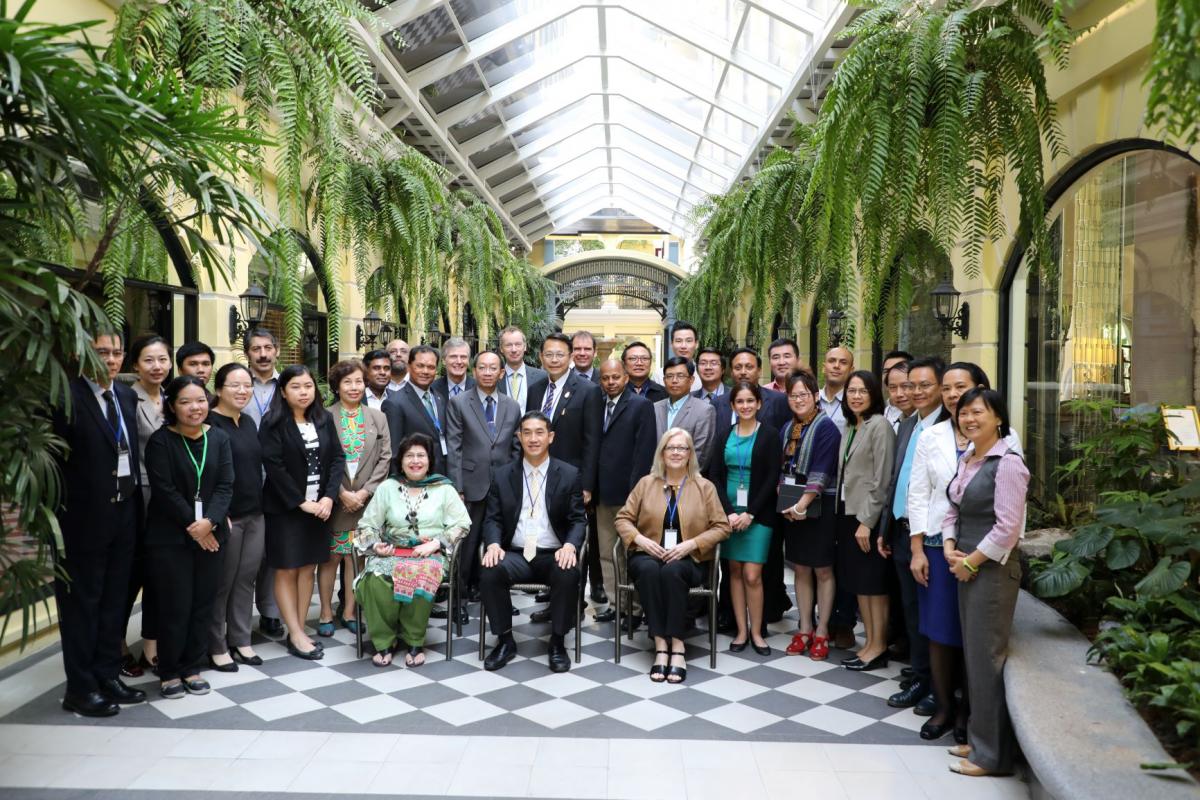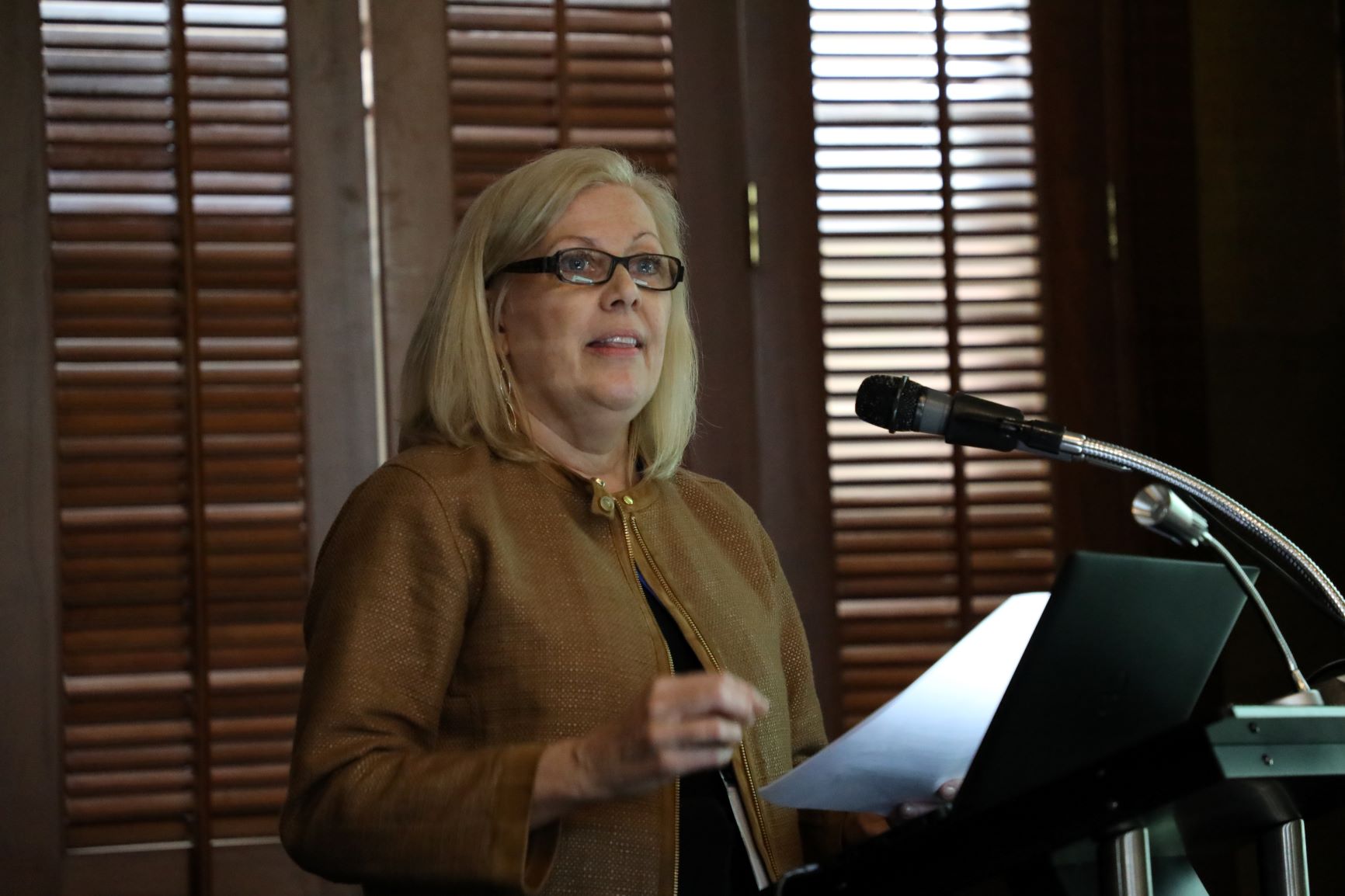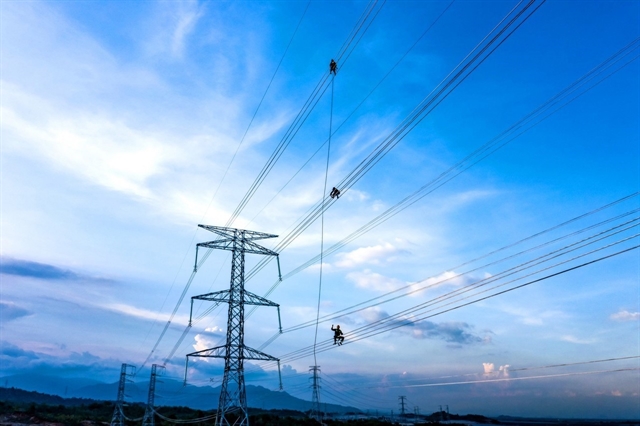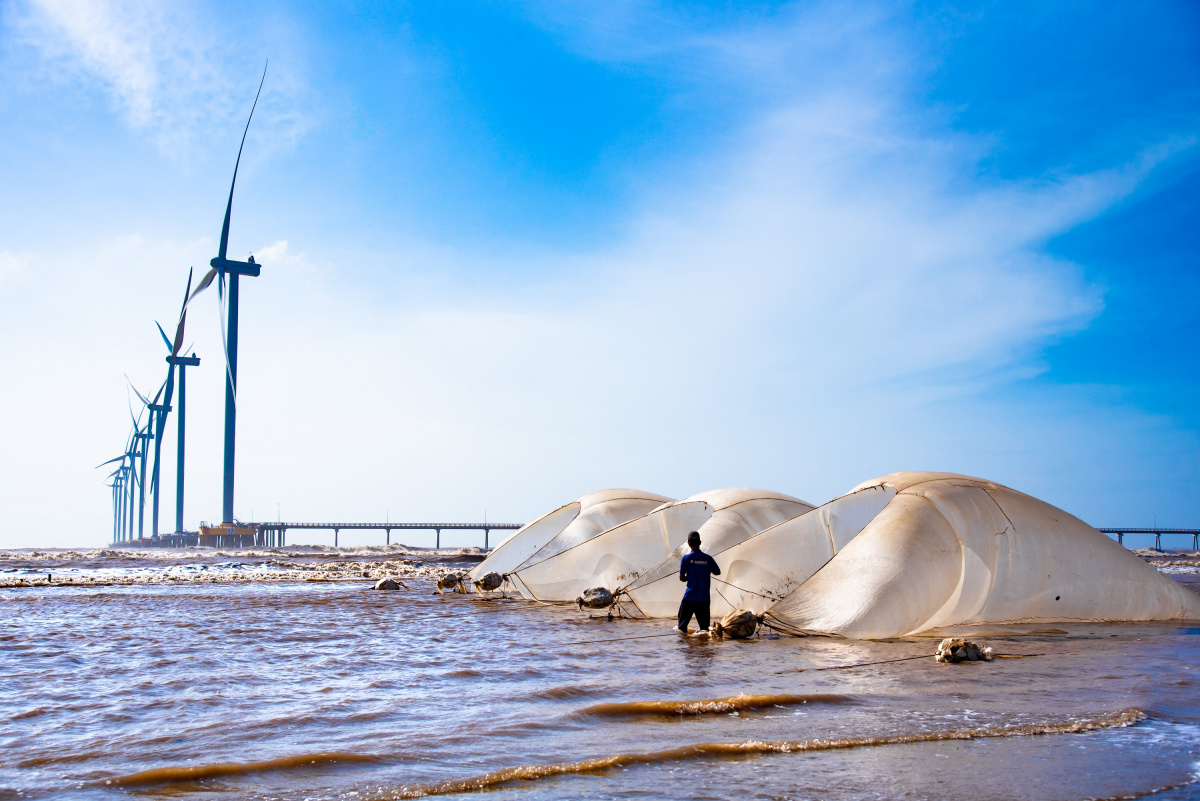Forest landscape restoration in Asia – Promoting human wellbeing and ecological integrity
Representatives from 12 Asian countries met in Bangkok, Thailand on January 23-24, 2019 to exchange experiences on forest landscape restoration (FLR) and the Bonn Challenge. The workshop, ASEAN’s Leadership in Forest Landscape Restoration: Supporting the Bonn Challenge & the New York Declaration on Forests, was supported by the Federal Ministry for the Environment, Nature Conservation, Building and Nuclear Safety (BMUB) and organised by IUCN in partnership with the Royal Forest Department Thailand. The event was organised in response to demand from the Association of Southeast Asia Nations (ASEAN) region for increased exchanges and technical support on restoration.

Photo: IUCN ARO
Representatives from Malaysia, Lao PDR, Indonesia, Sri Lanka, Singapore, India, Pakistan, Cambodia, Myanmar, Bangladesh and Mongolia participated in the two-day session that included a field trip to the Klang Dong Plantation in the Nakhon Ratchasima province. Formerly a barren landscape dominated by monocrops such as corn and cassava, the plantation was established to provide a sustainable supply of timber for the country. Today, it supports a thriving mixed plantation and agroforestry system producing coffee, custard apple, pepper and bamboo and 10% has been demarcated for conservation where local villagers are helping restore the area using indigenous species. Additional activities include farming insects for medicinal or ornamental uses, and developing ecotourism schemes where communities can participate in local hospitality business.
The field trip set the stage for an engaging exchange on country experiences with the restoration of deforested and degraded lands. The government of Bangladesh shared insights into their FLR programme that has benefited over 700,000 people and generated approximately US$ 41 million. In Indonesia, 5,000+ households have participated in programmes that allow them to sustainably extract NTFPs from 15 national parks that they, in turn, help manage and restore. In Sri Lanka, 9,500 ha have been brought into restoration since 2014.
“Forest Landscape Restoration is not just about planting trees, it's about the role of trees in landscapes. And it doesn't really matter what it is called - as long as it brings people together and promotes both ecological integrity and human wellbeing,” said Carole Saint-Laurent, Deputy Director, IUCN Global Forest and Climate Change Programme.
 Photo: IUCN ARO
Photo: IUCN ARO
During a session on financing FLR, delegates presented the innovative ways their countries have incentivised restoration, including an example from Thailand where local communities can ‘deposit the value of trees in a bank’ and use the value as collateral against mortgages and other loans.
"Tree ownership is very important. If we own the land, we should be able to plant and use the trees we grow,” said Mrs. Yingluck Patibhanthewa, Chair of the Private Forest Plantation Cooperative Limited.
Delegates also shared the hurdles they faced in implementing FLR, flagging the need for technical support and funding to translate ambition into action. They discussed the possibility of an ASEAN regional strategy or instrument that could help promote cooperation on restoration and requested IUCN to contact the ASEAN Secretariat to determine which working groups within ASEAN would be best placed to drive this process. IUCN presented on various tools and methodologies that could help countries accelerate and monitor FLR including the Restoration Opportunities Assessment Methodology (ROAM) and the Bonn Challenge Barometer, a progress tracking protocol for restoration pledges. This sparked a lively discussion on how implementing and reporting on Bonn Challenge commitments could support countries in achieving their Nationally Determined Contributions (NDCs) to the United Nations Framework Convention on Climate Change (UNFCCC) and their National Biodiversity Strategies and Action Plans (NBSAPs) to the Convention on Biological Diversity (CBD).
"FLR provides many benefits and also helps us to meet many different international commitments. In the past, we were very limited in our technology and approach as we just planted trees. Now we have a more sophisticated approach which includes tools such as ROAM,” said Dr Thaung Naing Oo, Director, Forest Department, Ministry of Natural Resources and Environmental Conservation, Myanmar.
 Photo: IUCN ARO
Photo: IUCN ARO
At the event, IUCN disseminated a report on lessons learnt and recommendations for restoration practitioners and policymakers in Asia. The report, Application of Restoration Opportunities Assessment Methodology – Summary of findings from the first Asia regional ROAM learning exchange, touches on how ROAM has encapsulated the philosophy, principles and operational guidance of FLR. The report was produced based on the development of landscape restoration strategies in six different landscapes in Asia.
A key point of discussion was the planning of the 2nd Asia Ministerial Roundtable on the Bonn Challenge. Delegates expressed their support for a high-level roundtable to take place in late 2019 as a means of increasing political ambition on restoration and as a potential forum for an ASEAN statement on FLR. They flagged the need to increase youth engagement in restoration and importance of identifying and restoring degraded and deforested trans-boundary landscapes. Several countries expressed an interest in hosting the 2nd Asia Ministerial Roundtable on the Bonn Challenge, with an ASEAN focus, and an announcement of the location and themes will be made in the coming months.
Please access ASEAN’s leadership in forest landscape restoration, Supporting the Bonn Challenge and the New York Declaration on Forests: Workshop summary report here.
Please download Application of Restoration Opportunities Assessment Methodology – Summary of findings from the first Asia regional ROAM learning exchange here.



